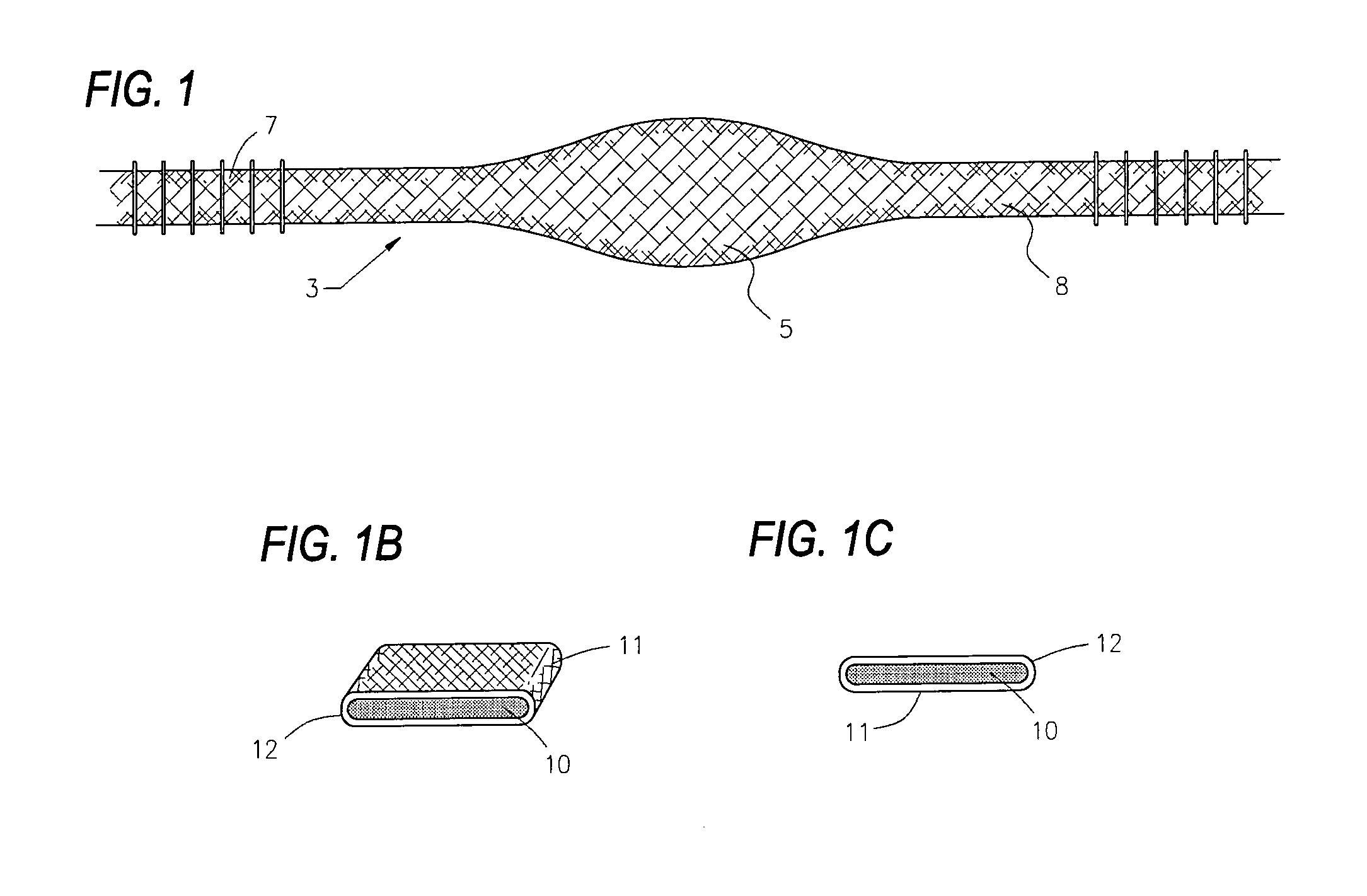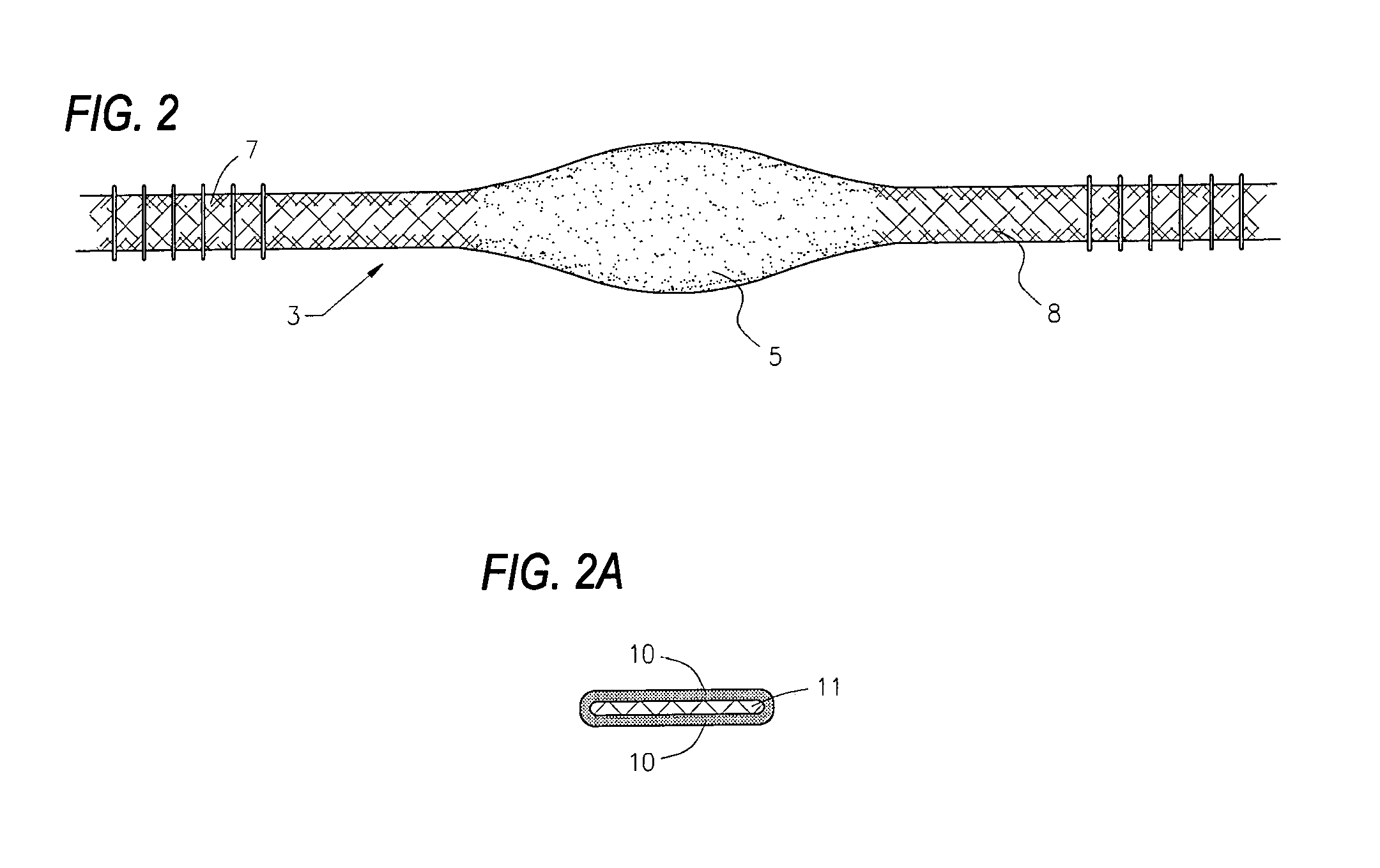Surgical instrument for treating female urinary stress incontinence
a surgical instrument and urinary stress technology, applied in the field of surgical instruments for treating female urinary stress incontinence, can solve problems such as bladder obstruction, achieve the effects of reducing the risk of unrecognized bladder perforation, reducing the risk of bladder perforation, and being seen more easily
- Summary
- Abstract
- Description
- Claims
- Application Information
AI Technical Summary
Benefits of technology
Problems solved by technology
Method used
Image
Examples
Embodiment Construction
[0065]While the making and using of various embodiments of the present invention are discussed in detail below, it should be appreciated that the present invention provides for inventive concepts capable of being embodied in a variety of specific contexts. The specific embodiments discussed herein are merely illustrative of specific manners in which to make and use the invention and are not to be interpreted as limiting the scope of the instant invention.
[0066]FIGS. 1 through 1B illustrate the mesh sling of the instant invention distinguishing further its tubular mesh and tissue remodeling material components. Turning now to FIGS. 1 through 1B. In FIG. 1 it may be observed where the mesh sling is generally referred to as element 3 and is comprised of a generally central segment 5 and distal segments 7 and 8. The central segment 5 of the tubular mesh sling 3 is approximately 2.5 cm wide and 4.0 cm long with a rapid taper over approximately 1.5 cm down to a size of 1.0 cm in width at ...
PUM
 Login to View More
Login to View More Abstract
Description
Claims
Application Information
 Login to View More
Login to View More - R&D
- Intellectual Property
- Life Sciences
- Materials
- Tech Scout
- Unparalleled Data Quality
- Higher Quality Content
- 60% Fewer Hallucinations
Browse by: Latest US Patents, China's latest patents, Technical Efficacy Thesaurus, Application Domain, Technology Topic, Popular Technical Reports.
© 2025 PatSnap. All rights reserved.Legal|Privacy policy|Modern Slavery Act Transparency Statement|Sitemap|About US| Contact US: help@patsnap.com



